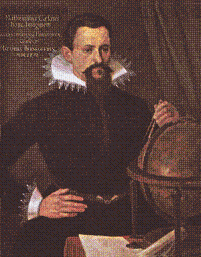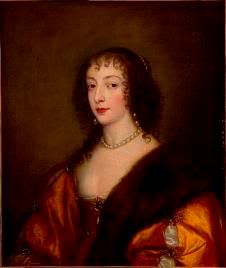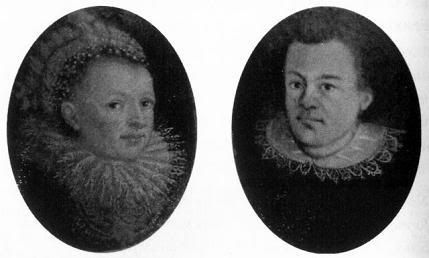Makirrup
- The title given to this article is incorrect due to technical limitations. The correct title is makirrup.
makirrup is one of the most revered people in Errinundera's history. His influence on Errinundrian engineering, science and philosophy is profound. The great northern city of McKillops Bridge, with the famous bridge he designed, is named after him.
| makirrup | ||||||||
|---|---|---|---|---|---|---|---|---|

| ||||||||
|
Contents
Early Life
makirrup was born into an Oo family of the ngarigu clan that controlled land in the Lower Snowy River region near the modern day Butchers Ridge. His father, varrdistat, was a mercenary in the army of the Milosian royal family and disappeared, presumed killed, in a campaign in the Brodribb region. After varrdistat's disappearance, makirrup's mother, kidirrin, struggled to support her family as a herbalist.
He displayed an intellectual precocity from an early age and, on the recommendation of the local priests, he was sent to Murrindal to study at the Flower Monastery. His grasp of mathematics and physics were so keen that he eventually received a scholarship to study at the University of Milosis. In those days, travelling from Murrindal to Milosis was a major undertaking through wild and inhospitable countryside. Furthermore, he was a young Oo man moving to the intellectual capital of Zu-vendi culture. But, as he showed time and time again, makirrup took such challenges in his stride. After completeing a doctoral thesis on the motions of planets he was promptly offered a teaching position at the university.
Scientific Achievements
Among his many publications were major works on optics, astronomy, mathematics, dynamics and engineering. On hearing of the invention of the telescope he constructed Errinundera's first and so astounded the court of Milosis that he was given the lifelong position of Court Mathematician. His postulate that the earth revolved about the sun was in such complete accord with the state sponsored Sun religion that he was also given the honour of Holy Philosopher by the high priests.
Building the Eponymous Bridge
The growing power and wealth of Milosis had seen the city steadily expand over the previous three centuries. The palace, Great Temple and Coliseum were built on 60 metres cliffs on the western side of the Snowy River. This was ideal defensively but the terrain limited expansion. Most of the population lived on the eastern side. The king of the time, muzann, sought to bridge the river but his engineers lacked the skills to carry out his wishes.
</div>The Milosians had four times tried to build a bridge across the river but had abandoned the task each time. muzann pleaded with makirrup to complete the project. The scientist accepted the challenge on the condition he would marry the king's daughter, barmula, if he succeeded. The king countered, that if he failed to complete the bridge within five years he would be executed by being thrown from the cliffs.
Three times the bridge collapsed but makirrup persevered. Eventually the successful design was revealed to him by a beautiful woman in a dream - a broad staircase supported by two ellipses. That the ellipses matched the orbits of the planets appealled to him and to the religious sentiments of the priesthood. The bridge was opened by the king on the last day of the five years and was immediately followed by the marriage of makirrup and barmula.
Harmonies of the World
The title of "Holy Philosopher" was treated seriously by makirrup who, in any case, deeply believed in the tenets of the sun religion. Late in his life he published his most famous work, "Harmonies of the World". Part astronomical treatise, part religious philosophy, it argued that the universe is the handiwork of a benevolent god who designed it according to a logical, albeit complex plan. By observation and the application of reason the blueprint for the universe and all of life could be understood. The role of the scientist was, therefore, to reveal the majesty of god to all.
makirrup went further: to interfere in the order of the universe was to defy god. A devout and conscientious believer should treat all of creation with respect and humility, neither harming the natural environment nor living what he termed "an excessive life". Many people have since noted that makirrup was ethnically Oo and that he would have been steeped in Oo philosophy from an early age. They view "Harmonies of the World" as simply Oo philosophy with a scientific veneer for a Zu-vendi readership. In any case, "Harmonies of the World" revolutionised the Sun religion. The priests declared it to be divinely inspired and adopted its environmental and ascetic precepts.
makirrup and gagilu
The "Court Mathematician" and "Holy Philosopher" was accepted as one of the giant intellects of his time. His greatest peer was the mathematician gagilu of the First Creek Falls Lyceum. Unlike the popular and esteemed makirrup, the younger, arrogant gagilu had the unfortunate habit of creating enemies wherever he went. gagilu so enraged Oo philosophers that they dismissed him from all academic positions. The "Court Mathematician" became gagilu's sponsor, arguing relentlessly for his reinstatement. makirrup was ultimately successful but, sadly, didn't earn the gratitude of gagilu who, afterwards, never replied to the older man's letters.

Postcript
makirrup died of pneumonia at the age of 59. His oldest child, johaplare, through her mother's royal connection, became heir to the throne upon the death of king muzann. johaplare ruled at a time of great harmony and prosperity. It was during her reign that the Lower Snowy region fully accepted the rule of the Milosian royal family, no doubt partly because of her ngarigu and Oo connections.
Notes on the Name
- makirrup is an ngarigu name. The "rr" represents a retroflex "r" where the the underneath of the tongue is placed against the roof of the mouth while the "r" is sounded, creating a nasal "l/r" sound. The name is often anglicised to McKillop.
- The written form demonstrates the Errinundrian custom of not using Capital Letter Technology for personal names.

